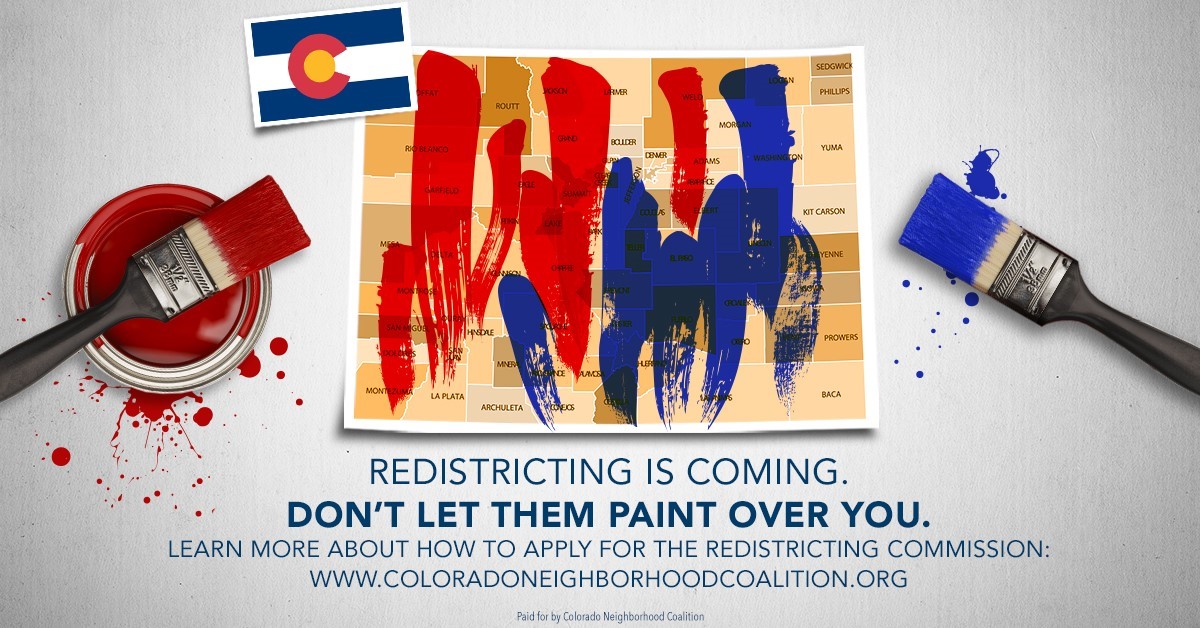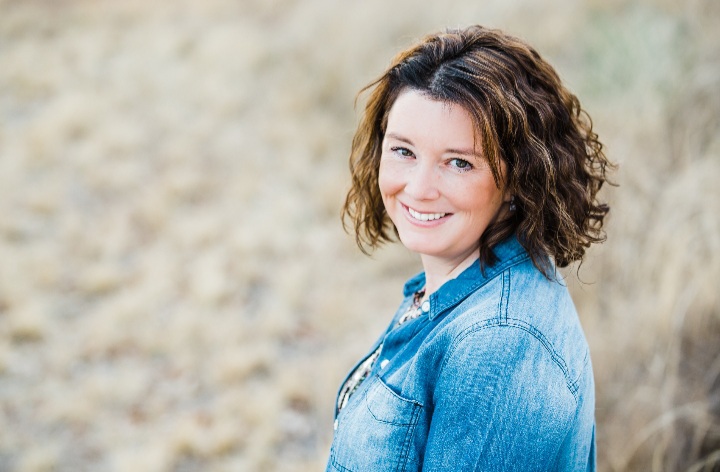Redistricting is Approaching

Description: Learn more by logging on www.coloradoneighborhoodcoalition.org

A Chance to Serve Southern Colorado

By Michelle Gardner
How many times have we heard that Southern Colorado doesn’t have a say in what happens in our state, especially when it comes to politics? We hear time and time again that Southern Colorado doesn’t have a voice and that our rural communities are ignored. We hear complaints that the Metro area dictates what happens in the state. As I have traveled throughout Southern Colorado, I have talked to leaders from both sides of the aisle; they agree that we deserve fair representation. We need fair and common sense legislative and congressional districts. This is your chance to make that happen.
Every 10 years, Colorado’s congressional and legislative districts are redrawn after the Census is complete. Redistricting is one of the most significant, yet underappreciated, political exercise of each decade. Few understand its importance, especially its importance to Southern Colorado.
In theory, redistricting is simple. The process is designed to equalize the population of the seven congressional districts, 35 Senate districts, and 65 House districts. This census cycle Colorado will add a congressional district, bringing Colorado to a total of eight congressional districts.
When one party controls the process, redistricting can be very political. The party in power seeks to pack as many of the opposing party’s voters into as few districts as possible in order to make the rest of the districts more favorable to their own candidates. This is called gerrymandering. According to independent data, for instance, Colorado’s House of Representatives is among the most gerrymandered legislative chambers in the entire nation.
In 2018, Colorado voters wary of gerrymandering passed Amendments Y and Z to the state constitution, creating two politically balanced commissions to redraw districts using neutral criteria, such as minimizing splits to cities, counties, and communities of interest. One commission redraws congressional districts and the other redraws state legislative districts. Each commission will consist of four Republicans, four Democrats, and four unaffiliated voters.
But these new commissions only work if fair-minded Coloradans from both sides of the aisle apply for the commissions. Amendments Y and Z placed the process with the people. In fact, elected officials are not eligible to sit on either commission. The process of drawing new maps will not take place until 2021, but now is the time to get involved. Applications for the congressional and legislative redistricting commissions will be accepted until November 10.
In early 2021, there will be a random selection from all the applicants of 300 Republicans, 300 Democrats and 450 unaffiliated applicants. Then, a panel of retired judges – no more than one of any given party – will vet the applications and narrow the field down to 50 Republicans, 50 Democrats, and 50 unaffiliated applicants. A random selection of two Republicans, two Democrats and two unaffiliated voters will then begin the process of composing the 12-member commission.
Be a voice for Southern Colorado. Applications for the Legislative Redistricting Commission and the Congressional Redistricting Commission are now available on the Colorado legislature’s website at https//redistricting.colorado.gov.
Follow SECO News on Facebook.
Subscribe to the SECO News YouTube Channel.



.png)


.png)




.png)



.png)


.png)







